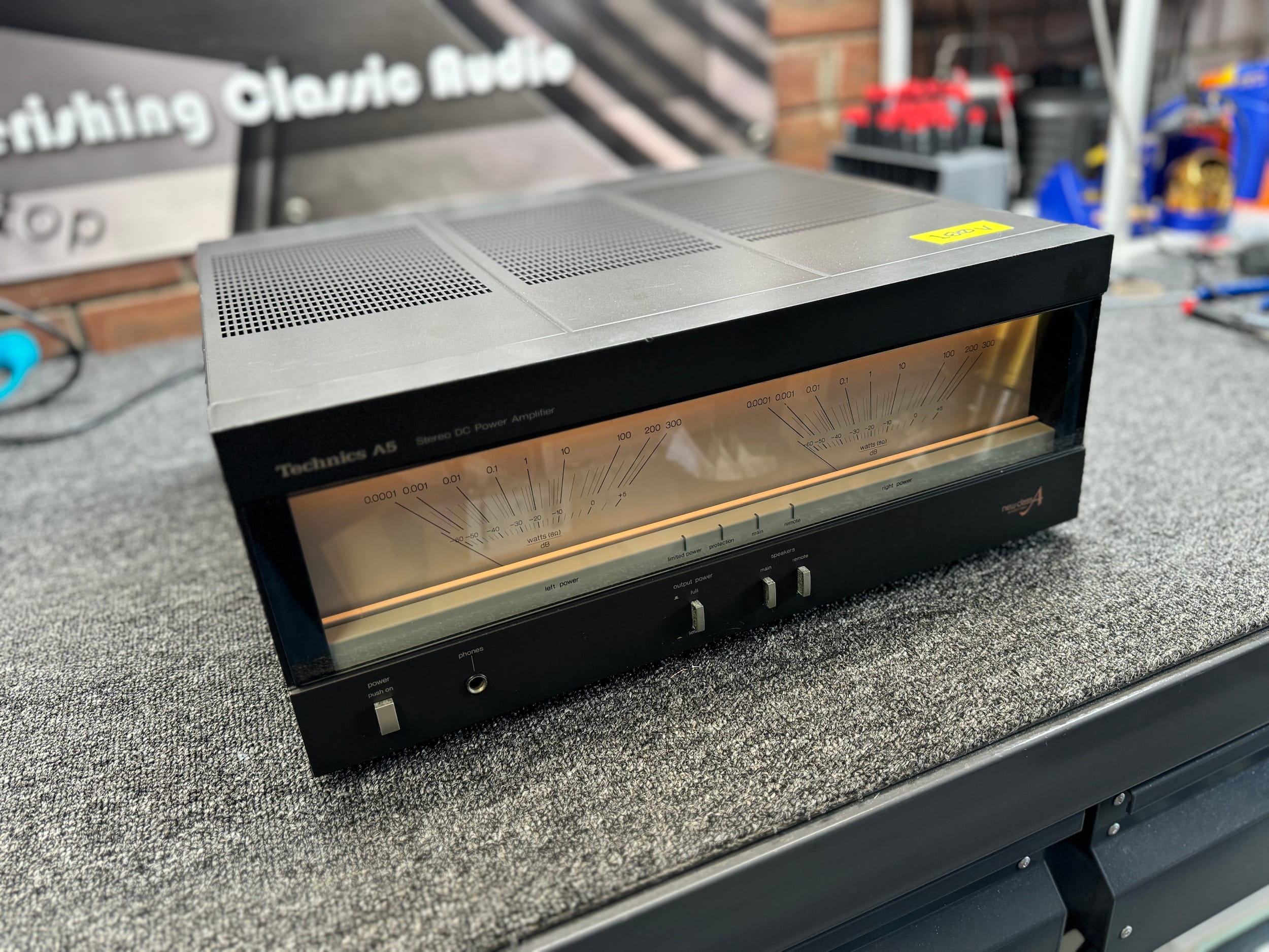Intermittent faults are some of the most challenging to resolve in electronic equipment.
I’ve written this FAQ for all technicians out there: the good, the bad, and the ugly! Intermittent faults can indeed be difficult to find and fix. Features of intermittent faults include:
- They are not always present, coming and going, sometimes unpredictably
- They are modulated by triggers like temperature, voltage, signal level and humidity
- They can be difficult to trigger; the harder to trigger, the harder to find!
- When not present or easily triggerable, they are essentially untraceable
Causes
- Solder joints degrade over time and may become electrically resistive and intermittent
- Capacitors and resistors change as they age and as they warm up during operation
- Customer equipment set-up may cause or trigger intermittent faults
- Transistors and diodes may develop leakage, causing gain changes and noise such as popping, rushing, crackling and whistling, or silence
- Semiconductor faults often cause DC offsets, which may trip protection circuits.
- Mechanical signal path contacts can oxidise and degrade, most commonly in switches, potentiometers and relays
Transistors are most likely to cause intermittent faults, and some types are more prone to doing so. Electronic parts don’t generally show visual signs of deterioration, so they must be tested, usually under dynamic conditions, to establish functionality and health. A simple transistor tester is unlikely to show a faulty device, despite that device producing a fault under load.
One should always find the culprit/s and replace them, and others like them, where necessary. Good technicians always want to find and eliminate the cause of a problem. This is essentially trend analysis, which builds knowledge and saves time later. Recapping rarely solves intermittent faults and never leads to an understanding of which part caused a problem.
Fixes
Resolving intermittent faults can be challenging, and equipment will occasionally require more than one visit to eliminate the most problematic intermittent faults. Whilst painful, these faults are also extremely satisfying to fix. Some of my best repairs involve resolving intermittent faults, like with this Technics SE-A5 power amplifier.

Just remember, before blaming your technician for not fixing an intermittent fault, that the problematic nature of these faults is no more your technician’s fault than it is yours, or your mum’s! They are what they are, and whilst good technicians will be able to solve most, if not all, intermittent faults, customers need to work with and support their repairer in resolving them.
Discover more from LiQUiD AUDiO
Subscribe to get the latest posts sent to your email.
